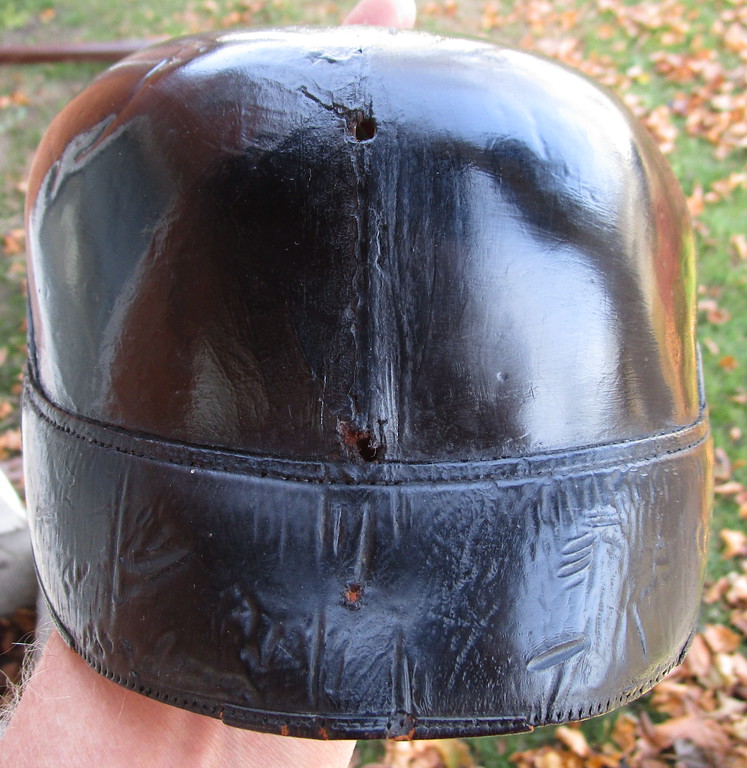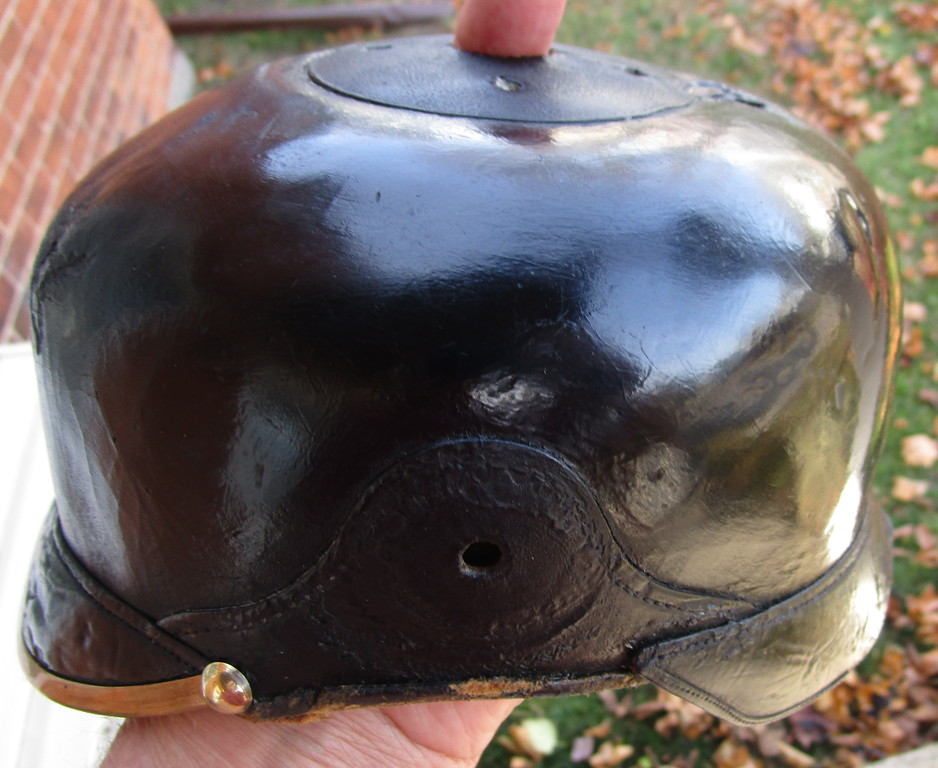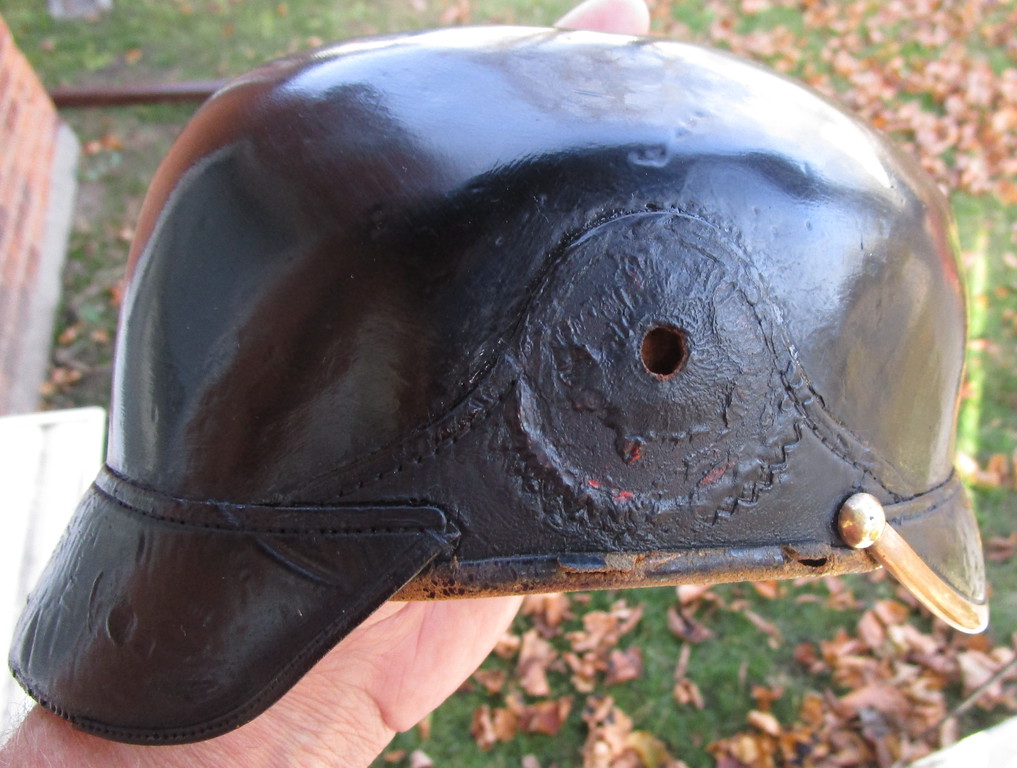garlanj
Active member
Back in April I purchased a rather sad looking JR73 officer’s helmet from a German dealer. The metalwork was ok but the shell looked like it had been used for a game of football (soccer) during the Christmas 1914 lull!
So, who did I call?
Brian
The haube whisperer has bought this soft shell back from the breach and with the brightwork back on it I must say I’m rather pleased.
Here’s a shot of how it started out…
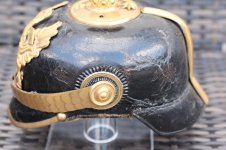
… and how it ended up
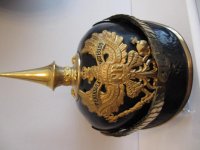
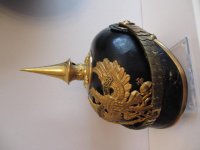
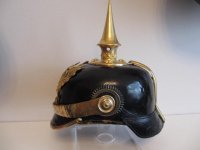
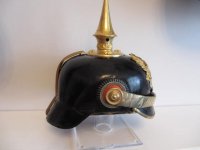
Unbelievable.
On apersonal note Brian, I can't thank you enough, you are a genius =D>
So, who did I call?
Brian
The haube whisperer has bought this soft shell back from the breach and with the brightwork back on it I must say I’m rather pleased.
Here’s a shot of how it started out…

… and how it ended up




Unbelievable.
On apersonal note Brian, I can't thank you enough, you are a genius =D>

